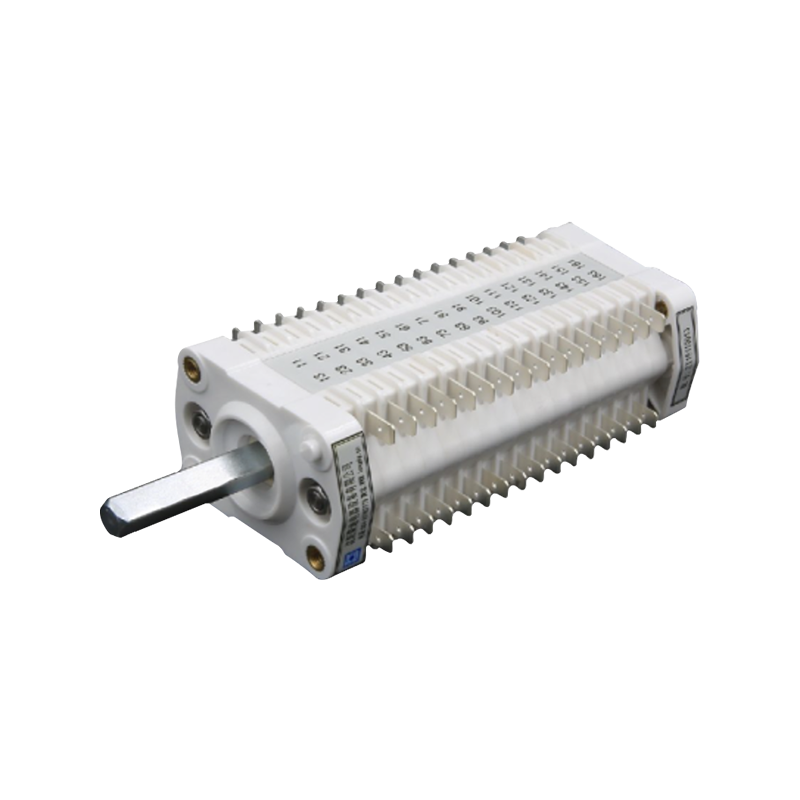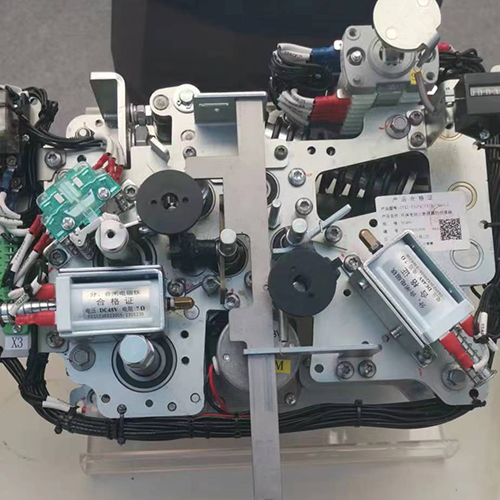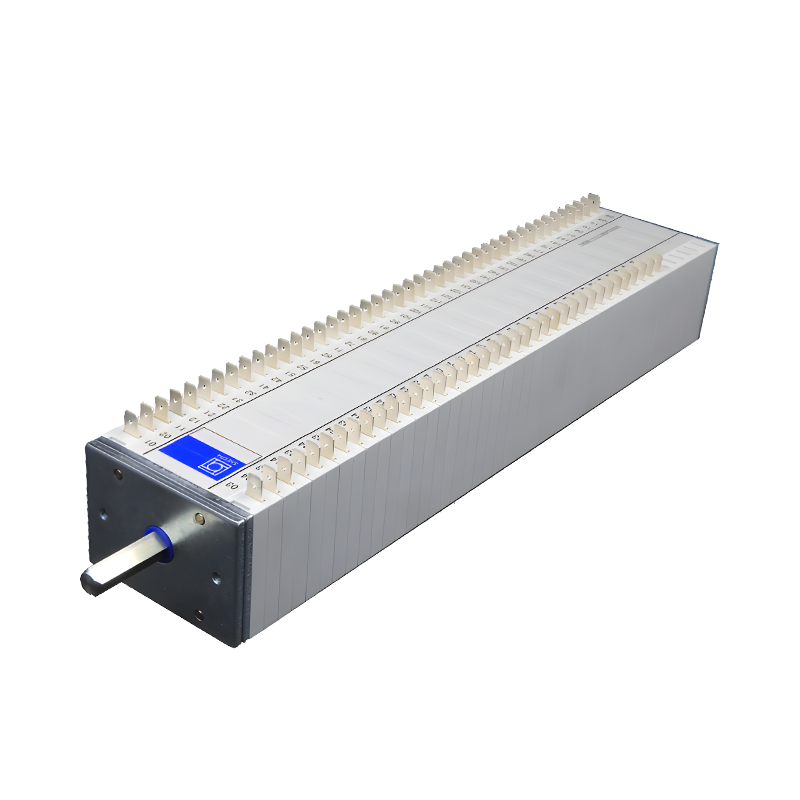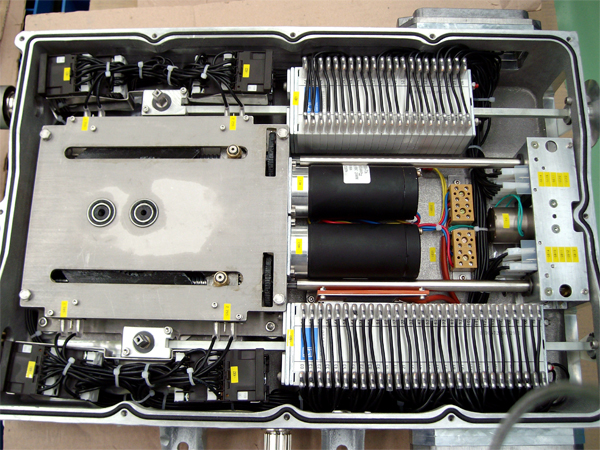

Which installation methods of auxiliary switches meet the requirements of high-voltage circuit breakers?
Release time:2024-07-10
In the power system, the auxiliary switch, though small, plays an indispensable role, which not only assists the main switch in executing the control instructions, but also plays a vital role in guaranteeing the safe operation of the power system.
From the point of view of functional characteristics, the auxiliary switch is mainly used as an accessory for the operating mechanism of remote automatic breaking and closing circuit breakers. Its existence ensures that the circuit breaker is reliably closed at any voltage between 85% and 110% of the rated control voltage during electric operation, reflecting its adaptability to the requirements of high-voltage circuit breakers.

The installation method and use environment are also important indicators of whether the auxiliary switch meets the requirements of high-voltage circuit breakers. The auxiliary switch is suitable for molded case circuit breakers, and its mechanism of turning the operating handle is designed so that the operator can ensure the closing or opening of the circuit breaker by turning the handle of the handle clockwise or counterclockwise. At the same time, taking into account the influence of natural environmental factors, such as altitude, ambient temperature, humidity, etc., all proves that the auxiliary switch was originally designed to meet the needs of normal operation of all kinds of power equipment, including high-voltage circuit breakers, in different environments.

The technical parameters and conditions of use further confirm this. The rated insulation voltage, agreed heating current, mechanical life and other technical parameters of the auxiliary switch are in line with the basic requirements of high-voltage circuit breakers for auxiliary electrical equipment. In particular, its adaptable range of environmental conditions, such as ambient air temperature from -40℃ to +40℃, and the altitude of the installation site not exceeding 2000m, re-emphasize that the auxiliary switch is able to work with the high-voltage circuit breaker to meet the needs of its application under a variety of conditions.

Specifically at the national standard level, although the GB50836-2013 1000kV High Voltage Electrical Appliances (GIS, HGIS, Disconnecting Switches, Surge Arresters) Construction and Acceptance Specification does not describe in detail the specific installation requirements of the auxiliary switches, it stipulates the basic specifications for the construction and acceptance of 1000kV high voltage electrical appliances. It is implicit in these specifications that all equipment used in conjunction with high-voltage electrical appliances, including auxiliary switches, must comply with strict quality and safety standards, thus ensuring the safe and efficient operation of the entire power system.

In summary, the design and application of auxiliary switches are premised on meeting the requirements of high-voltage circuit breakers, whether considered in terms of functional characteristics, installation methods, use of the environment or technical parameters. This design ensures the stability and safety of the power system, and also reflects the irreplaceable role of auxiliary switches in the power system.
From the point of view of functional characteristics, the auxiliary switch is mainly used as an accessory for the operating mechanism of remote automatic breaking and closing circuit breakers. Its existence ensures that the circuit breaker is reliably closed at any voltage between 85% and 110% of the rated control voltage during electric operation, reflecting its adaptability to the requirements of high-voltage circuit breakers.

The installation method and use environment are also important indicators of whether the auxiliary switch meets the requirements of high-voltage circuit breakers. The auxiliary switch is suitable for molded case circuit breakers, and its mechanism of turning the operating handle is designed so that the operator can ensure the closing or opening of the circuit breaker by turning the handle of the handle clockwise or counterclockwise. At the same time, taking into account the influence of natural environmental factors, such as altitude, ambient temperature, humidity, etc., all proves that the auxiliary switch was originally designed to meet the needs of normal operation of all kinds of power equipment, including high-voltage circuit breakers, in different environments.

The technical parameters and conditions of use further confirm this. The rated insulation voltage, agreed heating current, mechanical life and other technical parameters of the auxiliary switch are in line with the basic requirements of high-voltage circuit breakers for auxiliary electrical equipment. In particular, its adaptable range of environmental conditions, such as ambient air temperature from -40℃ to +40℃, and the altitude of the installation site not exceeding 2000m, re-emphasize that the auxiliary switch is able to work with the high-voltage circuit breaker to meet the needs of its application under a variety of conditions.

Specifically at the national standard level, although the GB50836-2013 1000kV High Voltage Electrical Appliances (GIS, HGIS, Disconnecting Switches, Surge Arresters) Construction and Acceptance Specification does not describe in detail the specific installation requirements of the auxiliary switches, it stipulates the basic specifications for the construction and acceptance of 1000kV high voltage electrical appliances. It is implicit in these specifications that all equipment used in conjunction with high-voltage electrical appliances, including auxiliary switches, must comply with strict quality and safety standards, thus ensuring the safe and efficient operation of the entire power system.

In summary, the design and application of auxiliary switches are premised on meeting the requirements of high-voltage circuit breakers, whether considered in terms of functional characteristics, installation methods, use of the environment or technical parameters. This design ensures the stability and safety of the power system, and also reflects the irreplaceable role of auxiliary switches in the power system.
